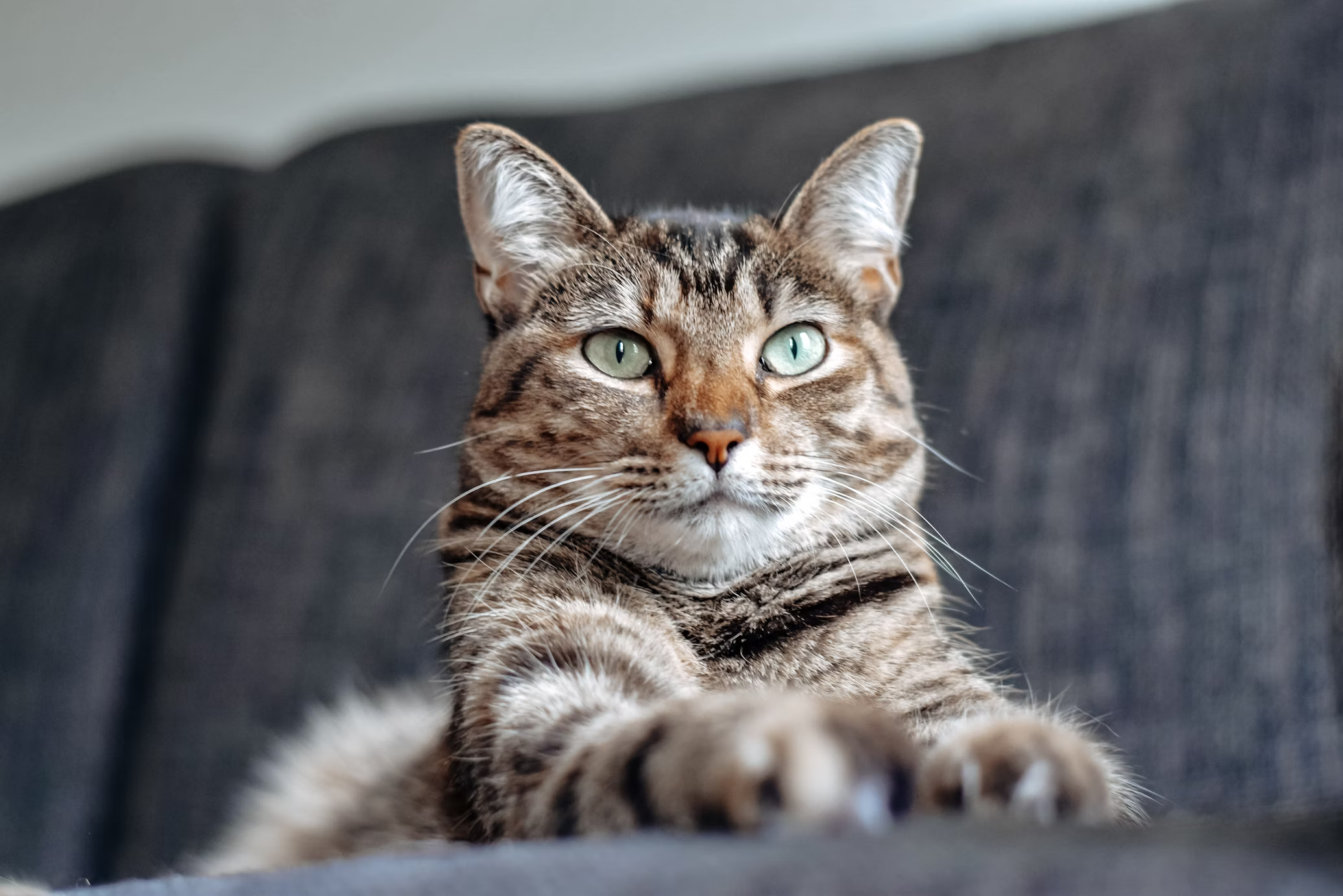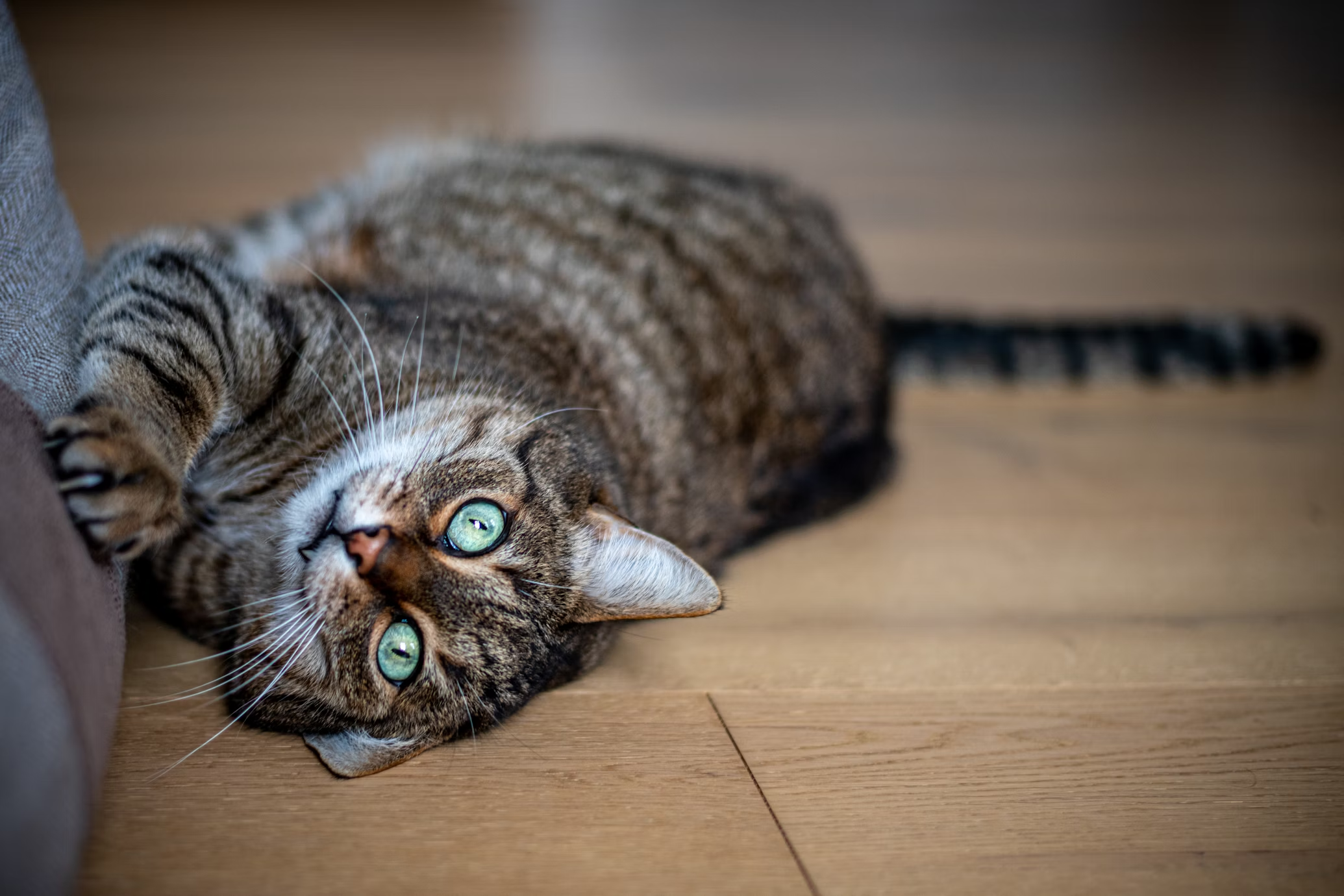
Cats are beloved pets, known for their independent and sometimes quirky behavior. However, as delightful as they can be, cats often present challenges that can perplex even the most experienced pet owners. From scratching furniture to dietary issues, cat behavior can sometimes seem puzzling and difficult to manage. This comprehensive guide will address some of the most common misbehaving cat issues and provide practical solutions, backed by research and expert advice.
Understanding Cat Behavior
Before diving into specific problems, it’s important to understand that many cat behaviors are rooted in their natural instincts. By recognizing this, we can better address and manage these behaviors.
Scratching Furniture
Scratching is a natural behavior for cats. It helps them mark their territory, stretch their muscles, and maintain their claws. However, when your cat decides to use your new couch as a scratching post, it becomes a problem.
Solutions:
- Provide Scratching Posts: Invest in multiple scratching posts and place them in areas your cat frequents. According to the Humane Society, placing scratching posts near where the cat wants to scratch can encourage them to use these instead of your furniture.
- Use Deterrents: Cover furniture with double-sided tape or aluminum foil, as cats dislike the texture.
- Regular Nail Trimming: Trim your cat’s nails regularly to reduce the damage they can cause. A study by the Journal of Feline Medicine and Surgery suggests that regular nail maintenance can significantly reduce destructive scratching.
Showering a Cat
Bathing a cat can be a daunting task, given their general aversion to water. However, there are occasions where a bath is necessary, such as when your cat has gotten into something dirty or has a skin condition.
Solutions:
- Use Cat-Specific Shampoo: Human shampoos can be harmful to cats. Always use a shampoo formulated for cats.
- Calm Environment: Ensure a calm and quiet environment to reduce stress. Using a gentle voice and slow movements can help.
- Gradual Introduction: Gradually introduce your cat to water by using a wet cloth first, then slowly moving to a gentle stream of water.
Getting a Cat to Eat Properly
Cats can be finicky eaters, and their dietary habits are crucial for their overall health. If your cat isn’t eating properly, it can be a sign of underlying health issues.
Solutions:
- Consult a Vet: Persistent refusal to eat warrants a trip to the vet to rule out any medical issues.
- Experiment with Food: Try different types of cat food to see what your cat prefers. Wet food, dry food, and various flavors can make a difference.
- Establish a Routine: Cats thrive on routine. Feeding your cat at the same time every day can help regulate their eating habits. Research published in the National Library of Medicine shows that cats prefer a consistent feeding schedule.
Uncommon Cat Behaviors and When to Seek Help
While many cat behaviors can be managed with the right approach, some behaviors are uncommon and may indicate more serious issues.
Excessive Grooming
Cats are meticulous groomers, but excessive grooming can lead to bald patches and skin infections. This behavior is often linked to stress or underlying health problems.
Solutions:
- Environmental Enrichment: Provide toys and engage in playtime to reduce stress.
- Medical Checkup: Visit a vet to rule out skin conditions or allergies.
- Stress Reduction: Identify and eliminate stressors in your cat’s environment. MSPCA-Angell notes that stress is a common cause of excessive grooming in cats.
Aggression Towards Humans or Other Animals
Aggressive behavior in cats can be frightening and dangerous. It’s essential to address this behavior promptly.
Solutions:
- Identify Triggers: Observe what triggers the aggression. Common triggers include fear, territorial disputes, or pain.
- Behavioral Therapy: Work with a veterinary behaviorist to develop a plan to manage and modify the aggressive behavior.
- Safe Spaces: Provide safe spaces where your cat can retreat and feel secure. According to a study in National Library of Medicine, environmental modifications can help reduce aggression in cats.
Conclusion
Understanding and addressing common misbehaving cat issues requires patience and a willingness to adapt to your cat’s needs. By providing appropriate outlets for natural behaviors, maintaining regular veterinary care, and creating a stress-free environment, many cat-related problems can be resolved or significantly reduced.
References
- American Veterinary Medical Association. (2013). Guidelines for the Declawing of Domestic Cats.
- Humane Society of the United States. (n.d.). Cats: Destructive Scratching.
- Alegría-Morán RA, Guzmán-Pino SA, Egaña JI, Sotomayor V, Figueroa J. Food Preferences in Cats: Effect of Dietary Composition and Intrinsic Variables on Diet Selection. Animals (Basel). 2019 Jun 19
- Riemer S, Heritier C, Windschnurer I, Pratsch L, Arhant C, Affenzeller N. A Review on Mitigating Fear and Aggression in Dogs and Cats in a Veterinary Setting. Animals (Basel). 2021 Jan 12
By implementing the strategies outlined above and seeking professional help when necessary, you can ensure a happy and healthy life for your feline friend. For more detailed guidance and tips, consider consulting reputable online resources and professional organizations dedicated to feline health and behavior.
Additional Resources
- ASPCA: Cat Behavior Problems
- The Humane Society: Solving Cat Behavior Issues
- American Association of Feline Practitioners
Feel free to reach out to these resources for more detailed advice and support on managing your cat’s behavior. Happy cat parenting!































